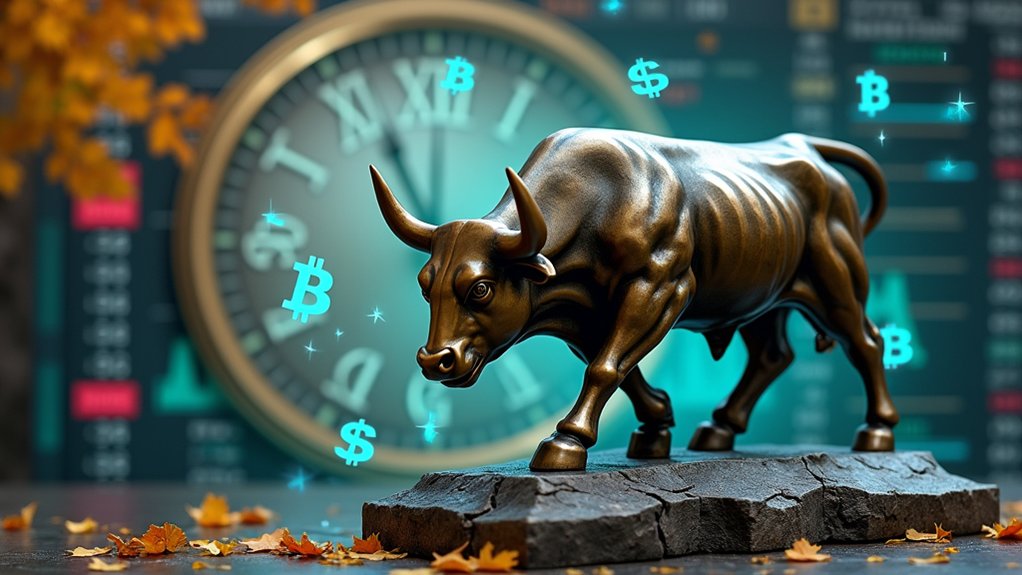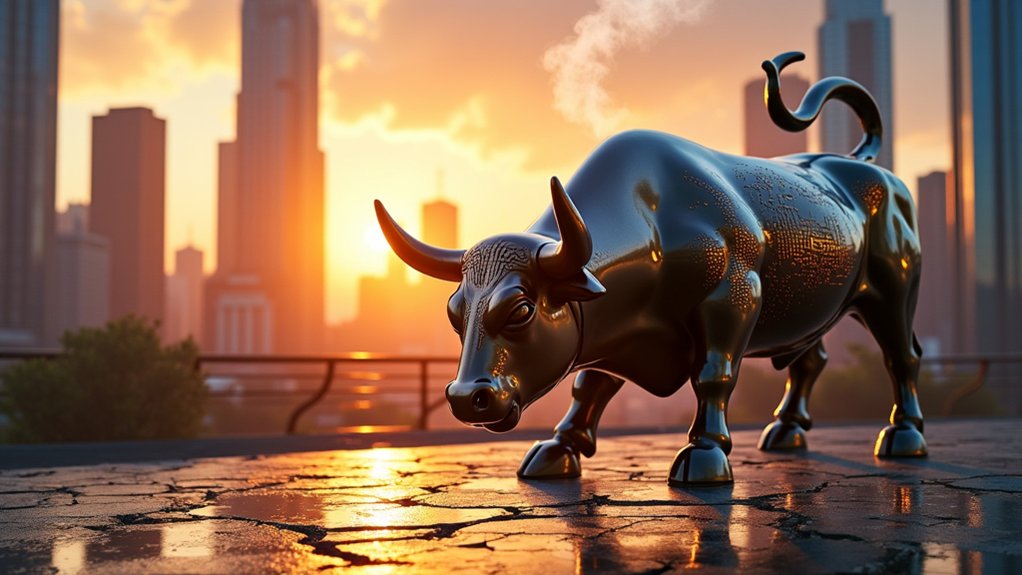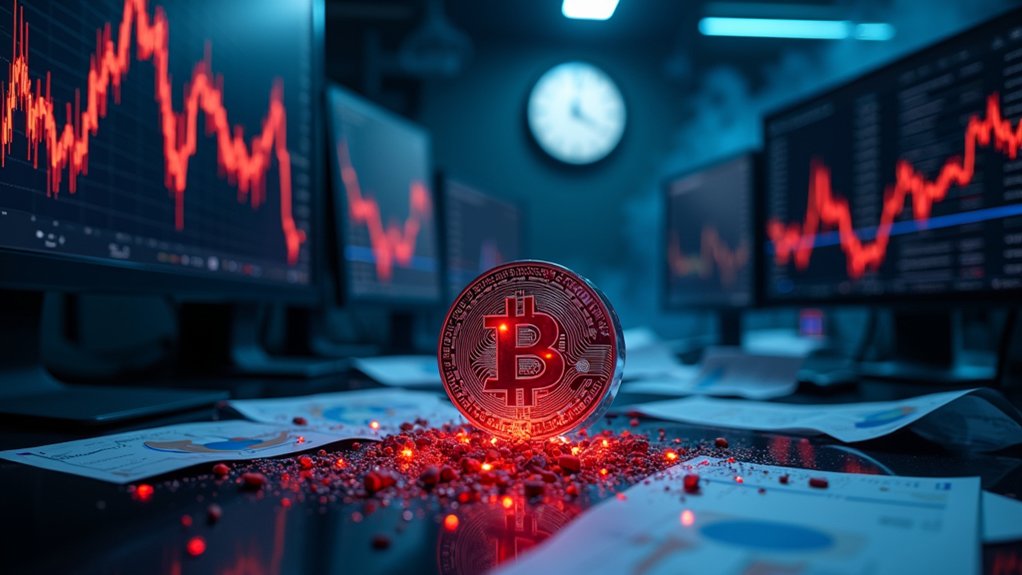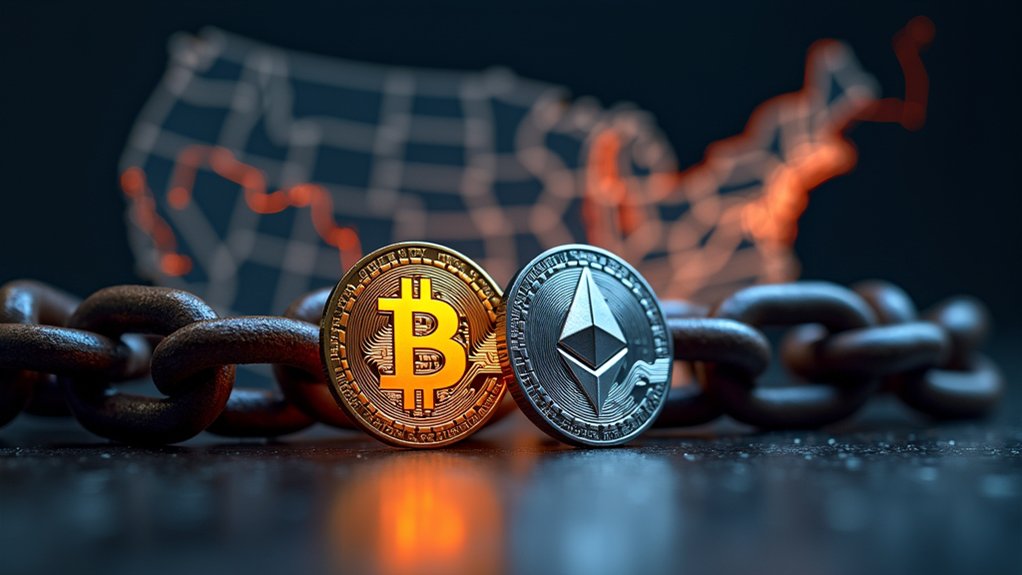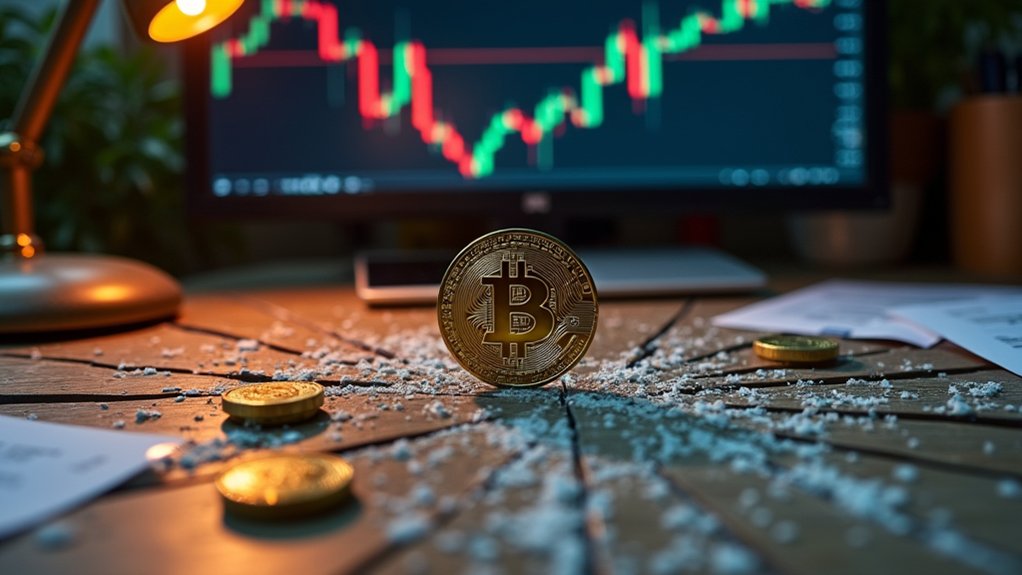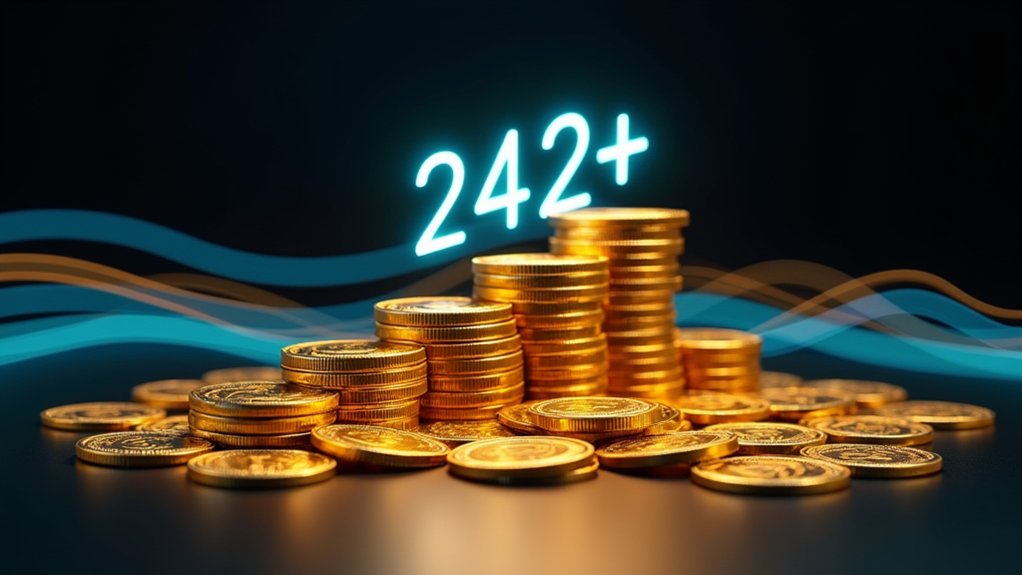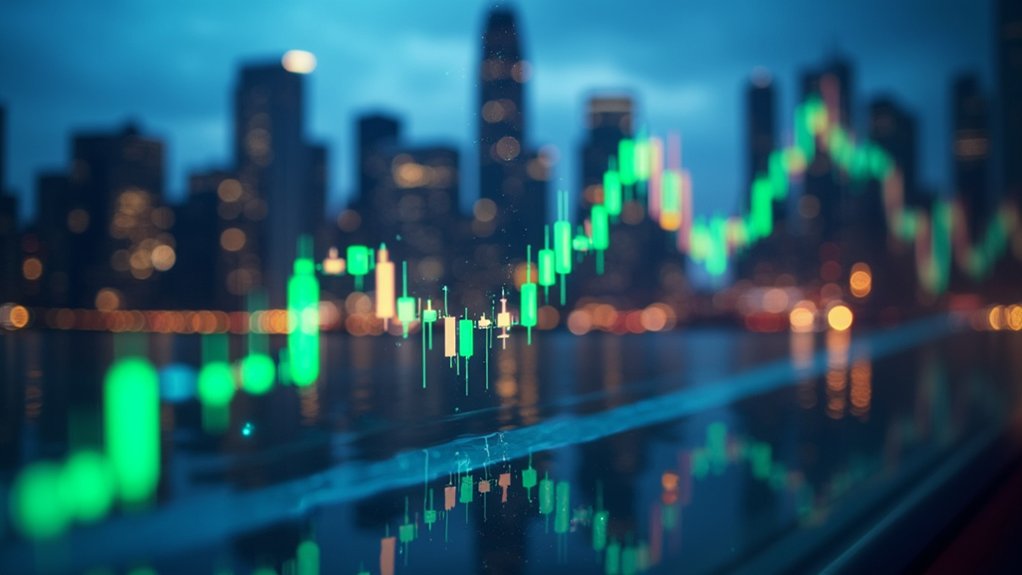Why do investors still cling to the notion of a “classic” bear market when modern market dynamics seem to defy traditional patterns? The textbook definition remains unchanged—a 20% drop from recent highs—yet today’s market downturns often write their own rules, challenging our neat categorizations.
Since 1928, the S&P 500 has weathered 27 bear markets, arriving roughly every 3.5 years like unwelcome seasonal visitors. Post-World War II, these beasts grew somewhat less frequent, appearing every 5.1 years instead of the frantic 1.5-year cycle seen during the Great Depression era. The average bear claws the market for 289 days—significantly shorter than the bulls’ 2.6-year average reign. With spot Bitcoin ETFs gaining approval in January 2024, institutional investors have introduced new variables into traditional market patterns.
Bear markets arrive like clockwork every few years, their visits growing less frequent but no less jarring since the Great Depression’s tumultuous days.
Bear markets come in three distinct species: structural bears (born from economic imbalances), cyclical bears (tied to economic seasons), and event-driven bears (triggered by unexpected shocks). The 2020 COVID crash exemplified an event-driven bear—swift and brutal, plunging 34% in just 33 days before racing toward recovery. Meanwhile, 2022’s downturn felt more like a cyclical bear, falling 25% over 282 days as the Fed battled inflation.
Today’s bears seem increasingly compressed, as if hurrying through their traditional lifecycle. The 2018 near-miss stopped just shy of official bear territory at 19.9% before rebounding. These accelerated timelines prompt questions: Have central bank interventions fundamentally altered market recovery patterns? Are algorithmic trading and instant information flow compressing what once took years into mere months? Historical data from global markets indicates that bear markets typically last longer, with an average duration of 15 months across various regions. Modern bear markets have begun occurring approximately every seven years since 1956, representing a significant shift in frequency from earlier periods.
Yet beneath evolving timelines, the emotional heartbeat of bear markets remains unchanged. Fear still replaces greed. Risk aversion still overtakes speculation. Counter-trend rallies still offer false hope before markets complete their painful reset.
Perhaps the classic bear market isn’t a myth but rather an evolving creature—recognizable in its fundamental nature yet adapting to a financial ecosystem that moves at digital speed. The bear still hibernates in market winter, but its sleep grows increasingly restless and unpredictable.
